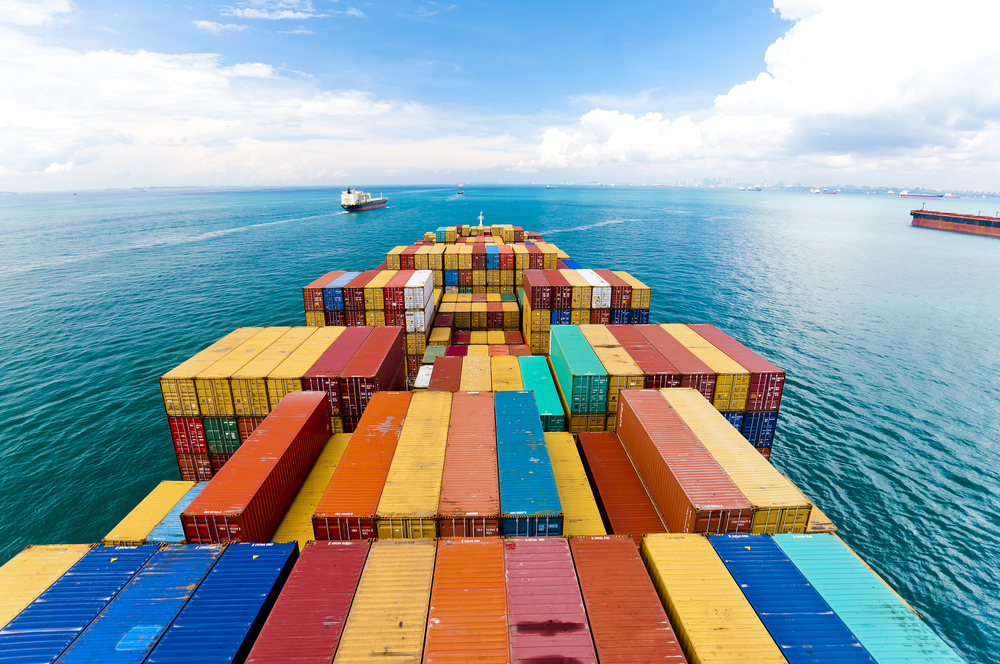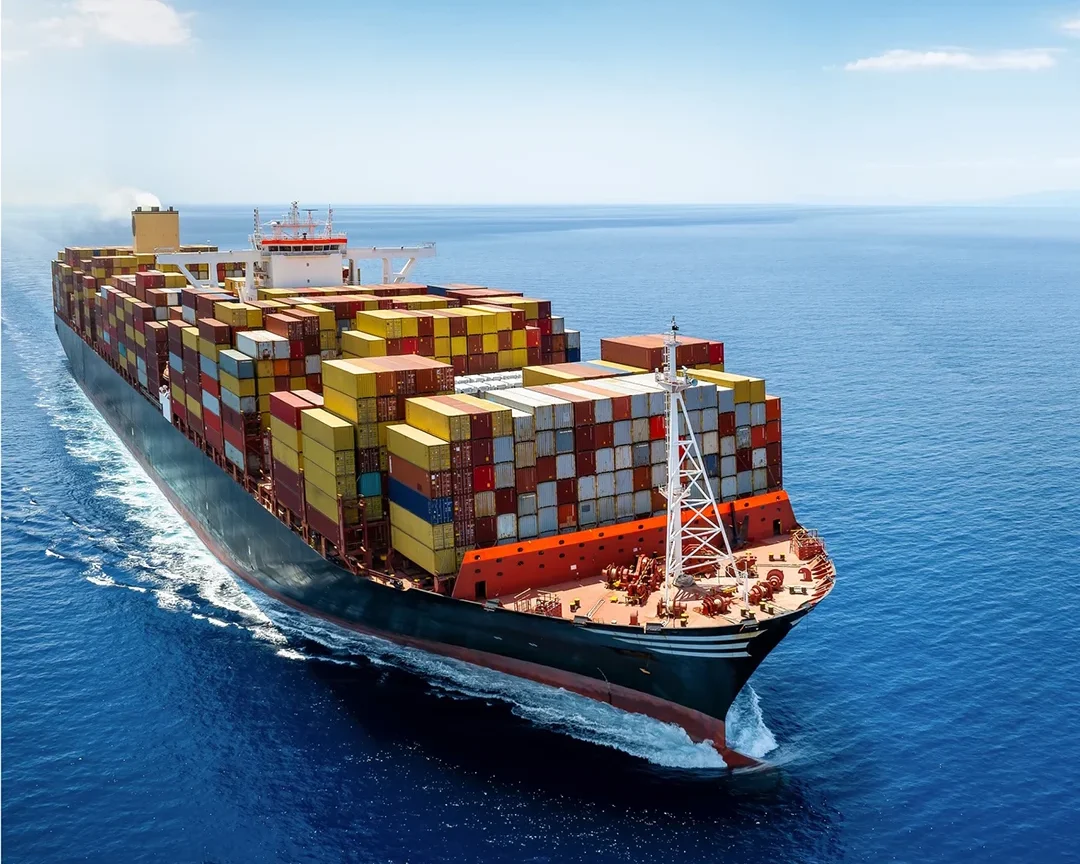Road freight is an essential part of global logistics, handling over 72.2% of all freight transportation in the U.S. and a significant portion in other countries. With increasing demand for flexible and efficient delivery solutions, road transport remains a preferred choice for businesses worldwide. Here are ten key benefits of road freight in modern logistics, backed by data and real-world applications.
1. Dominant Share in Global Freight
Road freight accounts for over 75% of inland freight transport in Europe and nearly 80% in India, making it the primary mode of goods movement in most countries. This dominance highlights its crucial role in supporting domestic and international trade.
2. Cost-Effective for Short and Medium Distances
Compared to air and rail transport, road freight is 40% to 60% cheaper for short-to-medium distances (typically under 1,500 miles). With no reliance on airports, seaports, or rail terminals, businesses save significantly on logistics costs.
3. Increased Flexibility and Accessibility
Unlike rail and air transport, road freight does not require fixed schedules or predefined routes. With over 4 million miles of public roads in the U.S. and a similarly vast network in other developed regions, trucks can reach almost any location, including rural and remote areas.
4. Fast and Efficient Deliveries
For distances under 500 miles, road freight is often the fastest option. A truck can travel over 600 miles per day, ensuring faster transit times compared to waiting for air cargo schedules or rail availability.
5. Essential for E-commerce and Last-Mile Delivery
With e-commerce sales projected to reach $8.1 trillion globally by 2026, road freight is crucial for last-mile delivery. In the U.S., the number of parcel deliveries exceeded 21.5 billion in 2022, with road transport playing a key role in fulfilling online orders efficiently.
6. Lower Handling and Reduced Damage Risk
Road freight often requires 30% fewer handling points than sea or rail transport, reducing the risk of damage or loss. This makes it ideal for fragile, high-value, or perishable goods, ensuring safer transit from origin to destination.
7. Specialized Transport for Various Goods
Modern trucking fleets include specialized vehicles such as:
- Refrigerated trucks for pharmaceuticals and food supply chains, which account for $1.2 trillion in global trade annually.
- Flatbed and oversized load carriers for construction materials and industrial equipment.
- Hazmat carriers for transporting hazardous materials safely.
8. Advances in Eco-Friendly Trucking
With growing sustainability concerns, road freight is adopting green trucking technologies such as:
- Electric trucks from companies like Tesla, Volvo, and Daimler.
- Hydrogen-powered vehicles expected to reduce CO₂ emissions by 70% by 2050.
- Efficient route planning software, cutting fuel consumption by 15% to 20%.
9. Real-Time Tracking and AI Integration
Over 95% of modern freight trucks now use GPS tracking, IoT sensors, and AI-driven route optimization. These technologies help:
- Reduce delivery delays.
- Improve fuel efficiency.
- Enhance shipment security and customer transparency.
10. Scalable and Adaptive for Market Needs
With a workforce of over 3.5 million truck drivers in the U.S. alone, road freight remains highly scalable. Whether adjusting for seasonal demand, supply chain disruptions, or new market expansions, trucking fleets can quickly adapt to industry changes.
Conclusion
Road freight is the backbone of modern supply chains, providing cost-effective, flexible, and fast transportation solutions. With innovations in technology and sustainability, it continues to evolve to meet global trade demands. As businesses seek reliable logistics options, road transport remains a cornerstone of efficient and scalable freight movement.








Leave a comment